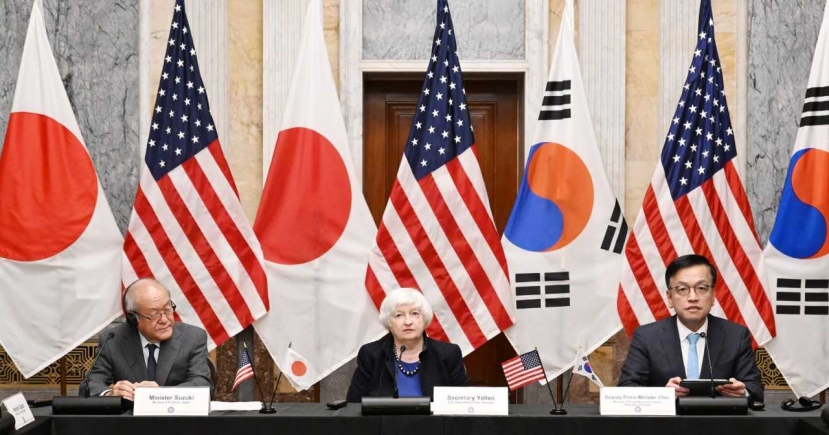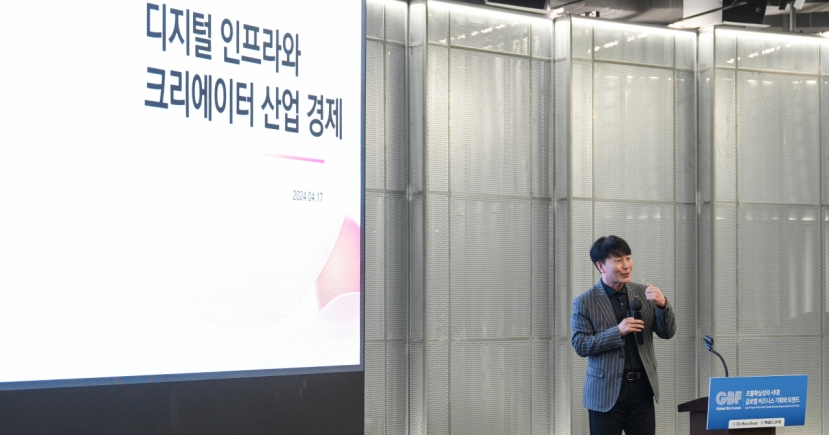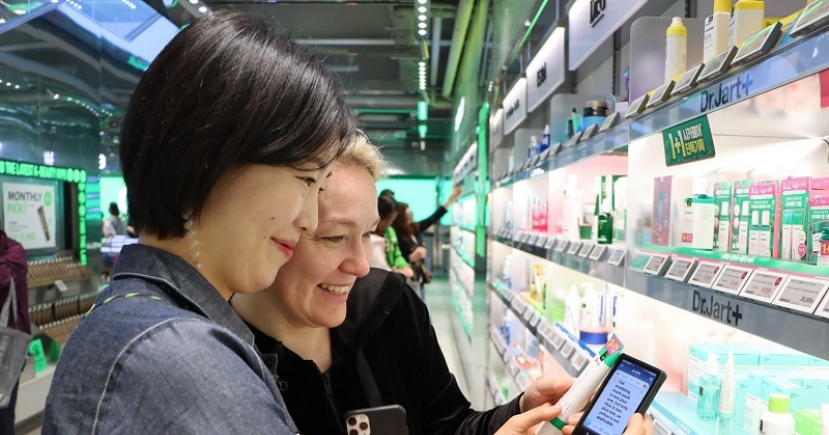Finance
Central bank promotes clean notes instead of new cash on Lunar New Year
[THE INVESTOR] The Bank of Korea recently launched a public campaign to encourage people to use clean cash bills instead of brand new ones when they give out cash gifts to children during the upcoming Lunar New Year.
It is part of the central bank’s efforts to reduce the rising costs of issuing new bills and started to be promoted on the radio and through posters in public places since Wednesday last week.
Last year, the BOK spent a total of 150 billion won ($126.9 million) issuing new notes and mint new coins, up 4.4 percent from 144 billion won a year earlier. It was the second consecutive annual gain.
Out of the 150 billion won, 96.6 billion won was spent on issuing new bills last year, up 7.2 percent from the previous year. The remaining 53.7 billion won was spent on minting new coins, 200 million won lower than the previous year.
“During the upcoming Lunar New Year, why don’t you prepare clean money and heartfelt words of blessing instead of trying to change cash into new ones,” the BOK says on a campaign poster.
In Korea, it is tradition for the younger generation to pay respect to their elders by making a deep bow called “sebae” during Lunar New Year, or seollal. The elders then offer “sebaeton,” or New Year’s money, with words of blessing.
During the holiday, a large amount of cash is also spent at traditional markets to prepare food for family gatherings.
To meet the growing demand for cash during the holiday, the central bank normally provides ample cash 10 days prior to seollal.
The injection of cash before seollal has been on the rise, from 4.4 trillion won in 2013 to 5.2 trillion won last year. Since the BOK began issuing 50,000-won notes in 2009, demand for the note has continued to increase, with the annual issuance of the 50,000-won note surpassing 20 trillion won in 2015.
The BOK has a fixed amount of currency issuance every year, but a large proportion of the new notes are issued before the Lunar New Year, a BOK official at the currency department said.
“We hope that our campaign, which was launched in fall 2015, can persuade people to think that it is OK not to use new cash as a gift,” the official said.
According to the central bank’s homepage, 1,000-won notes are circulated for three years and four months on average and 5,000-won notes, five years and five months.
To supplement damaged currency and meet the demand for new notes, the BOK spent 80 billion won per year during the period 2011 to 2015.
In 2015, the volume of damaged currency surged 14 percent to 3.39 trillion won from a year earlier.
Meanwhile, the BOK is pushing a long-term project to make Korea a coinless society, cutting down the costs of minting coins and reducing consumer inconvenience.
The bank said it put up a public notice Monday that it will select convenience stores and prepaid card companies for a pilot project to encourage those who spend with cash at convenience stores to use their loose change to charge prepaid cards such as transportation cards.
By Kim Yoon-mi/The Korea Herald (yoonmi@heraldcorp.com)
It is part of the central bank’s efforts to reduce the rising costs of issuing new bills and started to be promoted on the radio and through posters in public places since Wednesday last week.
Last year, the BOK spent a total of 150 billion won ($126.9 million) issuing new notes and mint new coins, up 4.4 percent from 144 billion won a year earlier. It was the second consecutive annual gain.
Out of the 150 billion won, 96.6 billion won was spent on issuing new bills last year, up 7.2 percent from the previous year. The remaining 53.7 billion won was spent on minting new coins, 200 million won lower than the previous year.
“During the upcoming Lunar New Year, why don’t you prepare clean money and heartfelt words of blessing instead of trying to change cash into new ones,” the BOK says on a campaign poster.
In Korea, it is tradition for the younger generation to pay respect to their elders by making a deep bow called “sebae” during Lunar New Year, or seollal. The elders then offer “sebaeton,” or New Year’s money, with words of blessing.
During the holiday, a large amount of cash is also spent at traditional markets to prepare food for family gatherings.
To meet the growing demand for cash during the holiday, the central bank normally provides ample cash 10 days prior to seollal.
The injection of cash before seollal has been on the rise, from 4.4 trillion won in 2013 to 5.2 trillion won last year. Since the BOK began issuing 50,000-won notes in 2009, demand for the note has continued to increase, with the annual issuance of the 50,000-won note surpassing 20 trillion won in 2015.
The BOK has a fixed amount of currency issuance every year, but a large proportion of the new notes are issued before the Lunar New Year, a BOK official at the currency department said.
“We hope that our campaign, which was launched in fall 2015, can persuade people to think that it is OK not to use new cash as a gift,” the official said.
According to the central bank’s homepage, 1,000-won notes are circulated for three years and four months on average and 5,000-won notes, five years and five months.
To supplement damaged currency and meet the demand for new notes, the BOK spent 80 billion won per year during the period 2011 to 2015.
In 2015, the volume of damaged currency surged 14 percent to 3.39 trillion won from a year earlier.
Meanwhile, the BOK is pushing a long-term project to make Korea a coinless society, cutting down the costs of minting coins and reducing consumer inconvenience.
The bank said it put up a public notice Monday that it will select convenience stores and prepaid card companies for a pilot project to encourage those who spend with cash at convenience stores to use their loose change to charge prepaid cards such as transportation cards.
By Kim Yoon-mi/The Korea Herald (yoonmi@heraldcorp.com)








